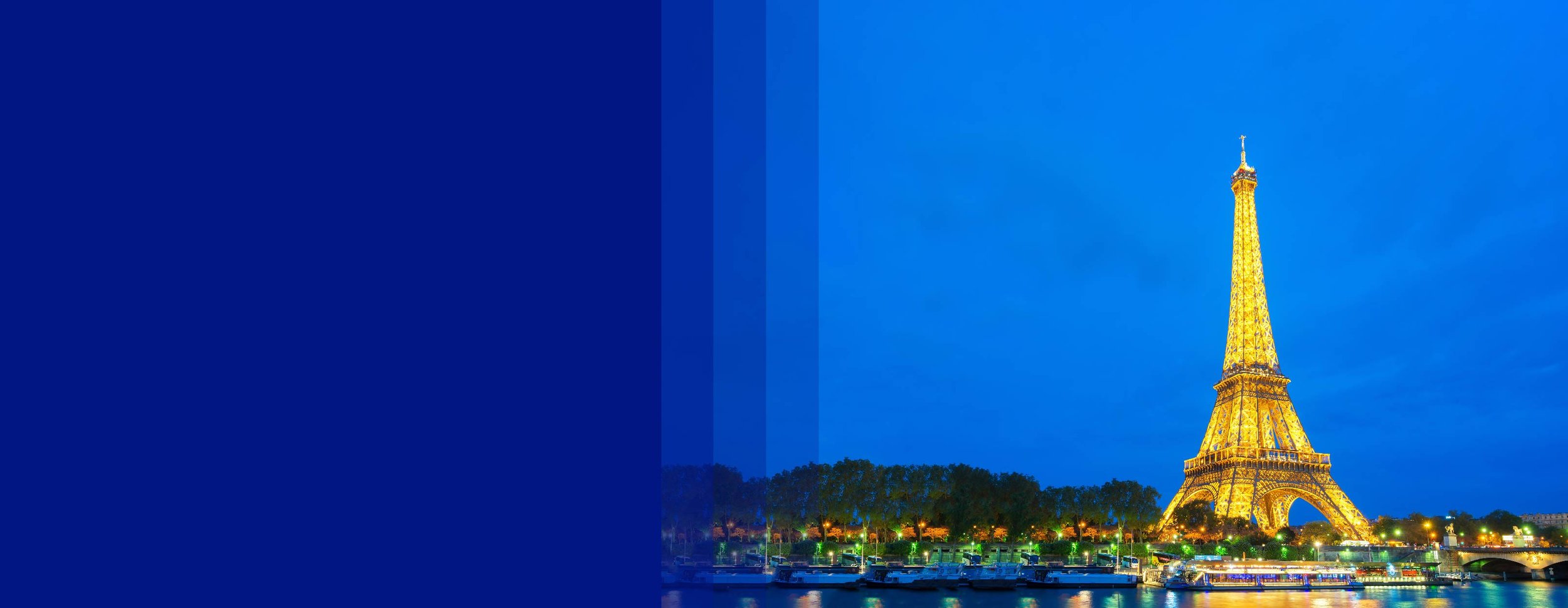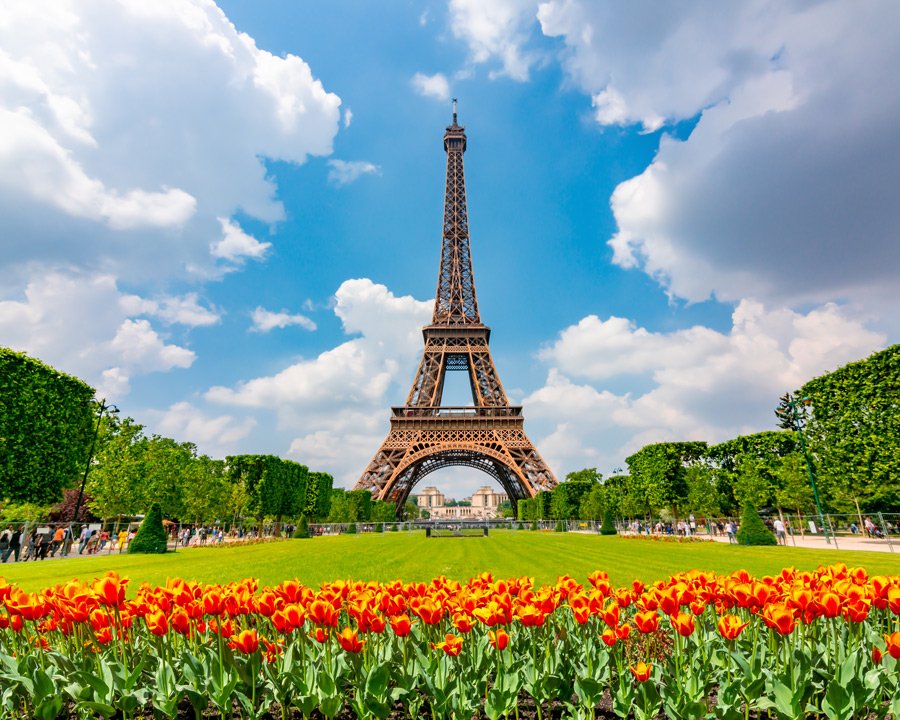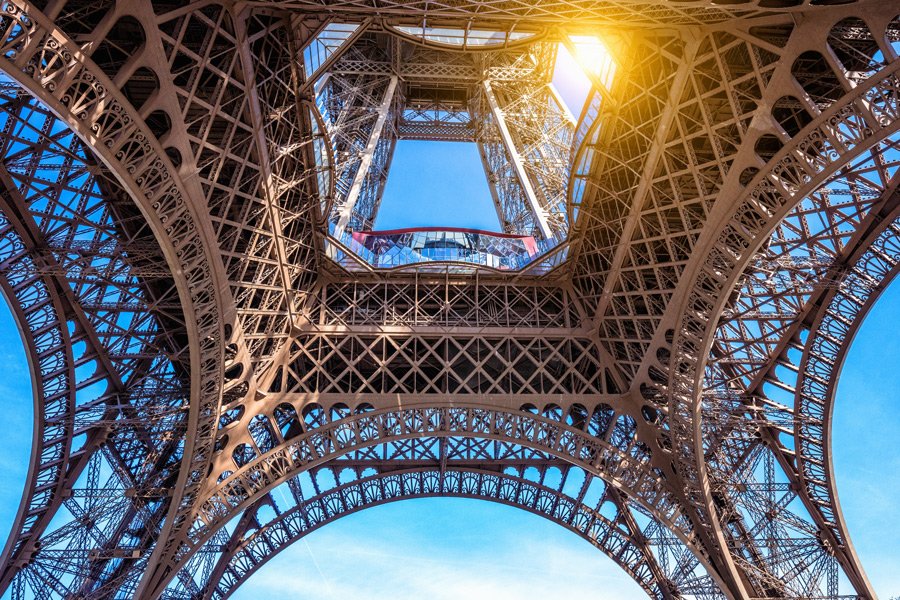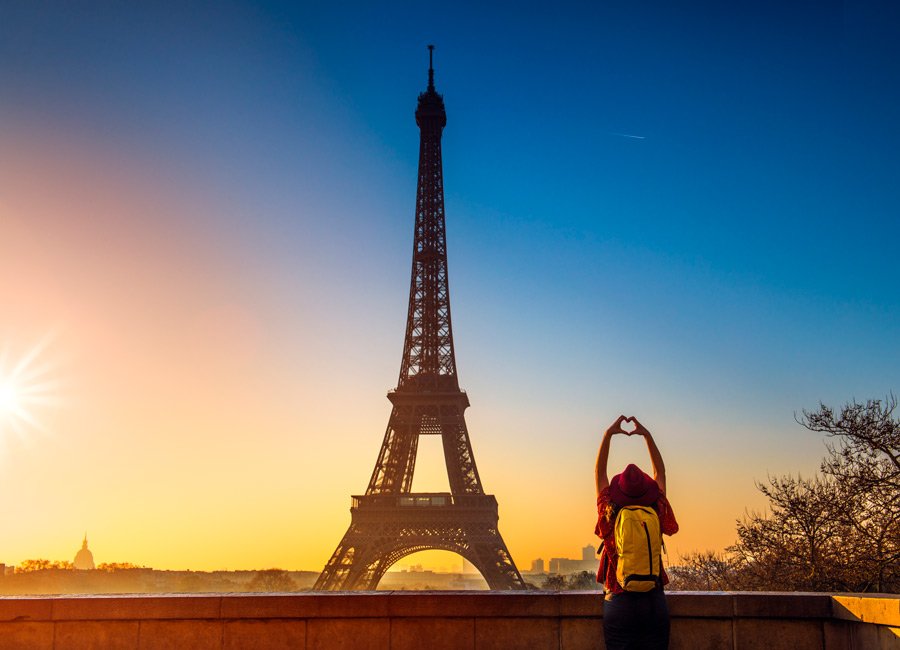
EIFFEL TOWER
Scale the Eiffel Tower and SEE Above & Beyond
The Eiffel Tower, with its iron latticework, is one of the most recognizable structures in the world. Conceived and built for the 1889 Exposition Universelle to celebrate the 100th anniversary of the French Revolution, the Eiffel Tower is an iconic symbol of passion and excellence in structural engineering.
Named for Gustave Eiffel, whose engineering company, Campagnie des Establissements Eiffel, funded most of the cost to build the structure, the tower’s design is attributed to two of the company’s senior engineers, Maurice Koechlin and Emile Nouguier. Inspired by the increasing application of iron in construction and lessons learned during the company’s work on the Garabit Viaduct, work on the tower’s foundations began on January 26, 1887. The metal structure assembly began just six months later, on July 1, 1887.
Structural Engineering Innovation
Structural engineers and architects completed nearly 1,700 general drawings and over 3,600 detailed drawings while designing the 18,038 pieces of iron that would be assembled into the then-tallest structure in the world. The high degree of precision required by the complex angles and curvature of the tower remains on par with that provided today by significantly more modern practices.
To ensure this precision, many of the tower elements were pre-fabricated in Eiffel’s workshops outside Paris. With parts designed, calculated, cut, and drilled, nearly two-thirds of the approximately 2.5 million rivets were installed at the factory. These preassembled pieces were then delivered to the site to be erected within a year and ten months with the help of steam cranes and nearly 250 workers.
Constructed in an impressive two years, two months, and five days, the Eiffel Tower was delivered on schedule, under budget, and reigned as the tallest structure in the world for 33 years.
Project Details
Construction Date: 1887-1889, for the Paris Exposition (World’s Fair)
Project Budget: $35 Million ($840 Million today)
Current height: 1083 feet
Total weight: 10,100 tons
Materials: 7,500 tons of iron
Number of Rivets: 2,500,000
Number of iron parts: 18,038




